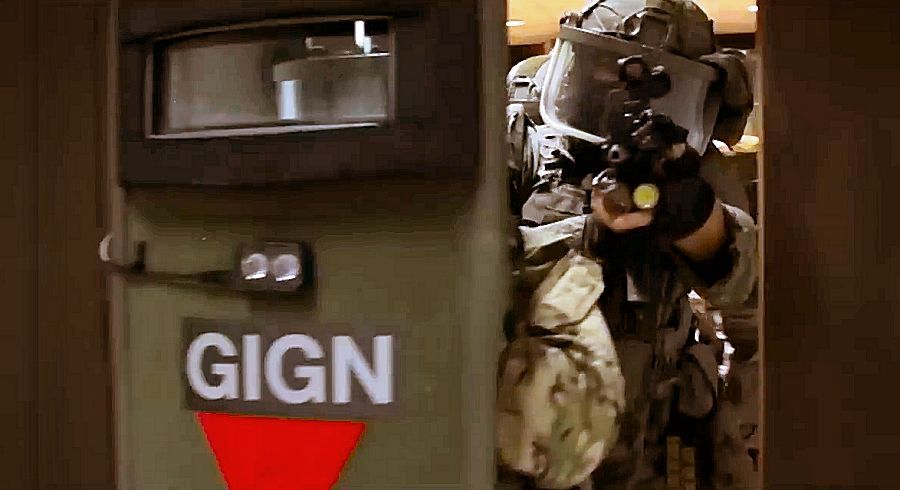FIFTY YEARS OF GIGNELITE UNIT OF THE NATIONAL GENDARMERIE |
|
Creation of the GIGN in 1974 Although the GIGN was created in 1974, shortly after the Munich attack in September 1972, it was not the only affair that pushed the French Gendarmerie to think about creating a special force. Two emblematic and painful cases, which took place one in 1969 and one in 1971, led us to realize that operations with people not trained for this led to tragedies. The first of these cases was that of Cestas which took place in February 1969; A father who lost custody of his two children carries out his threats and kills them. The other case, also widely publicized, took place in September 1971 in the Clairvaux remand center. Two inmates, Claude Buffet and Roger Bontems, take the nurse and a guard hostage. And slaughter them coldly. These two tragedies had a painful impact on “the Gendarmerie as a whole but also at the level of public opinion where it was increasingly difficult to accept that the Gendarmerie did not have the means to intervene,” according to the founder of GIGN Christian Prouteau ON Cnew. “Despite everything, it was Munich which forced the decision” to create the GIGN. Faced with this multiplication of tragedies, hostage-takings and plane hijackings (80 in 1969 alone), the idea of a special intervention force is gaining momentum. Elite unit of the national gendarmerie This elite unit of the national gendarmerie, specialized in dangerous missions and crisis management, carried out several significant interventions, from Loyada to Djibouti in 1976, with the hostage-taking of a student bus, in Ouvéa in 1988, passing through Marignane airport in 1994. More recently, the GIGN notably lent a hand to the RAID, during the assault on Dammartin-en-Goële in 2015, intended to neutralize the Kouachi brothers, guilty of the The attack on Charlie Hebdo on January 9 of this year. It was also the GIGN which was in charge during the negotiations with Radouane Lakdim, the murderer of Arnaud Beltrame in Trèbes in 2018, who was finally shot dead. Before intervening, the GIGN must first be alerted by what is called a “first responder”. Crisis management missions The GIGN's missions are multiple: hostage taking, intervention on trains, sensitive sites such as nuclear power plants, close protection, surveillance of dangerous individuals, flagrante delicto operations, extortion of funds... Actions which are part of all areas such as air and maritime counter-terrorism... Since the beginning, the men of the GIGN have carried out famous operations in multiple crisis zones in France and abroad, freeing or evacuating more than 600 hostages and 700 French nationals and foreigners under threat. The unit is also involved in the protection of the President of the Republic through the GSPR (Security Group of the Presidency of the Republic). More discreetly, the GIGN has an intelligence section and has specific means to carry out these missions. Finally, the GIGN's action extends abroad where it participates in training and shares the expertise of the national gendarmerie in war zones. The GIGN also ensures the security of all French embassies throughout the world. The military even has an intervention capacity in the event that something happens there. A prerogative made possible by the extraterritoriality of these embassies. |
|
| Jenny Chase for DayNewsWorld | |
 |
|




 "S
"S